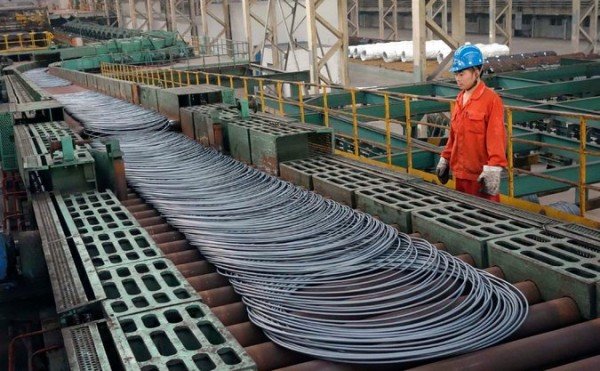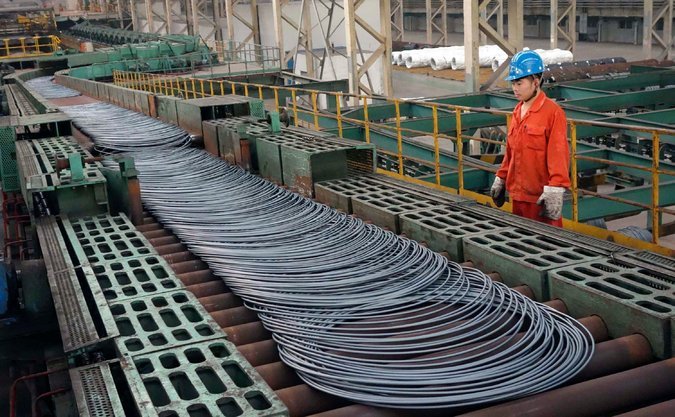The World Bank has decided to cut Asia growth forecast for 2015 and 2016, because of the risks posed from a sharp slowdown in China and raising US interest rates.
The bank now expects growth in developing East Asia and the Pacific to be 6.5% in 2015 and 6.4% in 2016, down from an earlier forecast of 6.7%.
The latest estimate is even lower than growth of 6.8% in 2014.
Major development banks have recently revised lower their growth forecasts.
Last month, the Asian Development Bank said slowing growth in China would drag down the developing region’s growth to 5.8% in 2015.
The International Monetary Fund (IMF) also flagged in September that slowing growth in the world’s second largest economy posed a threat to the global economy.
“Developing East Asia’s growth is expected to slow because of China’s economic rebalancing and the pace of the expected normalization of US policy interest rates,” said the World Bank’s regional chief economist Sudhir Shetty in a statement on October 5.
“If China’s growth were to slow further, the effects would be felt in the rest of the region, especially in countries linked to China through trade, investment and tourism.”
East Asia accounts for almost two-fifths of the world’s economic growth, according to the World Bank.
The World Bank now expects China’s economy to grow 6.9% this year and 6.7% in 2016, down from an earlier forecast of 7.1% and 7% respectively.
China is headed for its slowest growth in a quarter of a century in 2015 and calls are growing that it may undershoot the government’s official target of 7%.
Interest rates in the US, meanwhile, are expected to rise for the first time in nearly a decade in the coming months, which could result in a flood of capital leaving emerging markets as Asian currencies are hit.
“While this increase has been anticipated and is likely to be orderly, there is still a risk that markets could react sharply to such tightening, causing currencies to depreciate, bond spreads to rise, capital inflows to fall, and liquidity to tighten,” the World Bank said.
